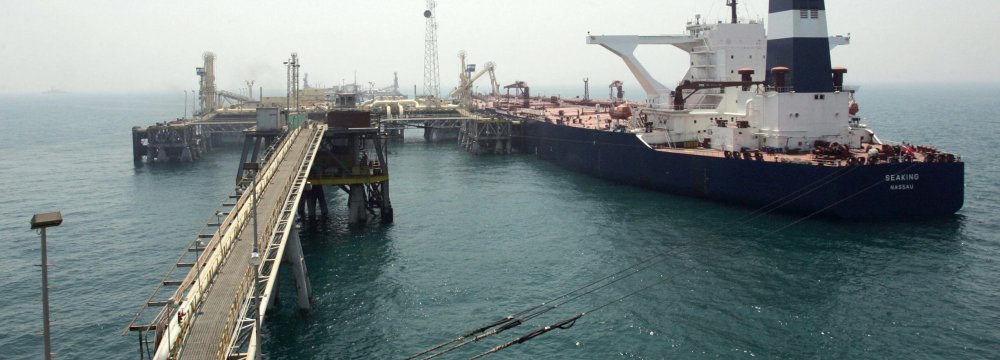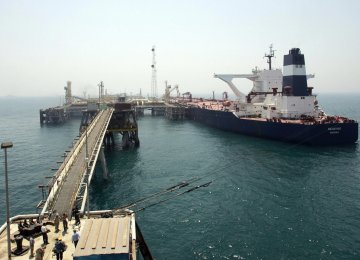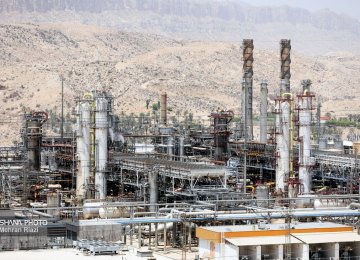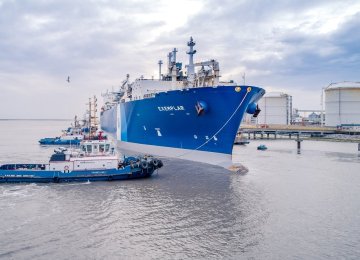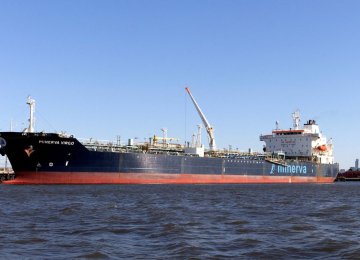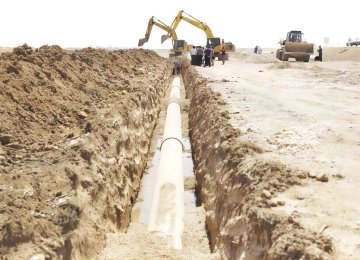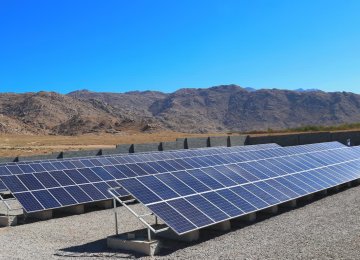Iran’s Kharg Oil Terminal in the Persian Gulf is operating at full steam to expedite the country’s return to the global oil market.
Ali Shahmoradi, director of National Iranian Tanker Company’s operations on Kharg Island, made the statement.
“From April 2015 till the end of March, 586 tankers of crude oil and petroleum products have used Kharg terminal for different operations,” Shahmoradi was quoted as saying by Shana.
Once the world’s largest offshore crude oil terminal and the main marine terminal for Iranian oil, Kharg Island’s facilities were decommissioned during the Iraq-imposed war of the 1980s following heavy bombing.
The terminal is playing a crucial role in expanding Iran’s crude exports in the post-sanctions period.
Following the removal of nuclear-related embargos against Tehran in January, three international vessels loaded 4 million barrels of Iranian crude to refineries in Europe as per the order of French oil and gas company Total, Spanish refiner Cepsa and Russia’s Lukoil.
“After the nuclear deal came into force, oil exports have surged,” he said, adding that the Kharg Island has enough room to accommodate the increasing number of tankers and vessels that enter the Persian Gulf to carry Iran’s crude.
Sanctions curtailed Iran’s crude exports from a peak of 2.5 million barrels in 2011 to slightly above 1 million barrels per day, as Iran’s customers were forced to look elsewhere in fear violating the penalties the US and EU had imposed on doing business with Iran.
But OPEC’s third-largest producer is on track to snatch the market it lost to rivals, particularly Middle East producers who cashed in on Iran’s absence during the sanctions.
On a more technical note, Shahmoradi said eight vessels, with a storage capacity of 350,000 tons, can simultaneously dock at the Kharg terminal.
According to officials, more than 90% of Iran’s crude exports are shipped from Kharg Island.
Kharg Island is the largest and main export terminal in Iran. It processes all onshore and offshore production from the Forouzan field. The island’s oil storage capacity is about 28 million barrels. But Kharg terminal cannot carry all the weight of Iran’s soaring oil exports. The country is planning to invest in a raft of ports and production facilities along its southern coastal line to meet as NITC’s large tanker fleet is gearing for reentry in European markets.
Iran hopes that new bunkering facilities on the coasts of Makran along the Sea of Oman would significantly reduce shipping costs for Iranian and international vessels, and spare them a lengthy voyage through the Strait of Hormoz all the way to Kharg, Mahshahr and Asalouyeh oil and gas terminals.


